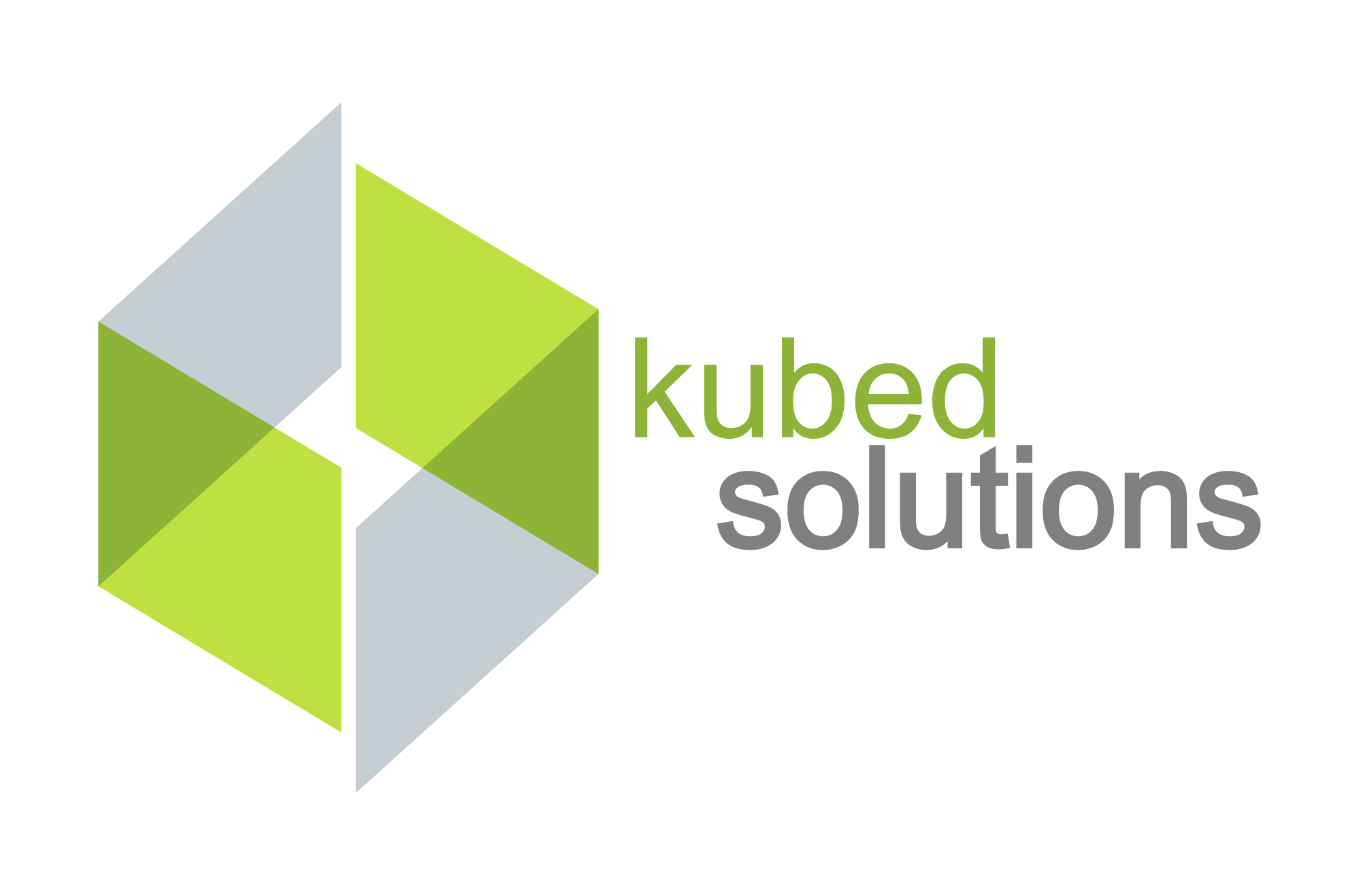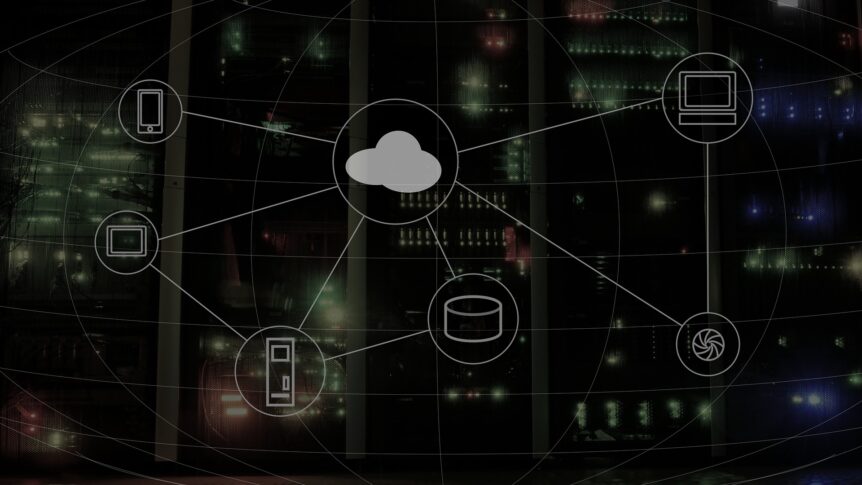Modern day IT is an ever-evolving landscape, with trends, technologies, company culture, and paradigms shifting seemingly by the minute.
If you don't keep up to date with these technologies, your company can quickly fall behind the times, leaving more opportunities for your competitors.
We’re going to explore the top 10 technology buzzwords you'll definitely hear about in 2022 that will help shape the technology landscape for years to come.
1. Machine Learning
ML is a technology primarily used in "Artificial Intelligence (AI)." It allows computers to learn with new data and adapt without explicitly programming the new algorithm. Instead, this algorithm makes user behavior predictions or selects and personalizes content.
Companies like Facebook use ML to personalize the content on users’ news feeds, so they interact and share with the platform for a longer duration. The algorithm has sentient-like learning capabilities and records everything that catches your attention and perfects the content for your liking.
2. Artificial Intelligence (AI)
AI refers to the autonomous intelligent behavior of software or machines that have a human-like ability to make decisions and to improve over time by learning from experience. Currently, popular approaches include statistical methods and computational intelligence
AI can also help to improve your customer service. It can automate tasks such as responding to emails or answering questions, freeing your staff to deal with more complex issues. AI can be used to personalize your customer experience by recommending products or services based on past behavior.
3. Software as a Service (SaaS)
Software as a service (or SaaS) is a way of delivering applications over the Internet—as a service. Instead of installing and maintaining software, you simply access it via the Internet, freeing yourself from complex software and hardware management.
4. Platform as a Service (PaaS)
Platform as a service (PaaS) is a complete development and deployment environment in the cloud, with resources that enable you to deliver everything from simple cloud-based apps to sophisticated, cloud-enabled enterprise applications. You purchase the resources you need from a cloud service provider on a pay-as-you-go basis and access them over a secure Internet connection.
Like IaaS, PaaS includes infrastructure—servers, storage, and networking—but also middleware, development tools, business intelligence (BI) services, database management systems, and more. PaaS is designed to support the complete web application lifecycle: building, testing, deploying, managing, and updating.
5. Infrastructure as a Service (IaaS)
Infrastructure as a service (IaaS) is a type of cloud computing service that offers essential compute, storage, and networking resources on demand, on a pay-as-you-go basis.
IaaS lets you bypass the cost and complexity of buying and managing physical servers and datacenter infrastructure. Each resource is offered as a separate service component and you only pay for a particular resource for as long as you need it.
6. Cloud Computing
The Cloud computing model helps in delivering information technology services. It enables users to access applications, data, and resources from any device or location without installing or managing the underlying infrastructure. This cloud-based approach has revolutionized the way businesses run by allowing them to scale their operations quickly and easily without investing in added hardware or software. It also supplies a cost-effective way to support elevated levels of security and redundancy.
7. Distributed Cloud
Distributed Cloud is the combination of distributed systems and cloud computing. It allows you to manage resources – like processing power, storage, and bandwidth – as if they were all part of a singular entity. This makes it possible to harness the power of many distributed devices to create a powerful cloud-based system.
One of the benefits of distributed Cloud is that it can help you overcome the limitations of traditional cloud computing.
Distributed Cloud also has other benefits, including:
- Increased security: Since distributed Cloud is based on distributed systems, it is inherently more secure than traditional cloud computing.
- Increased reliability: Distributed Cloud is also more dependable than traditional cloud computing because it is based on distributed systems.
- Increased flexibility: Distributed Cloud is more flexible than traditional cloud computing because it allows you to use various devices to power your system.
8. Cloud-Native Platforms (CNPs)
Cloud-native platforms are the latest evolution of platform-as-a-service (PaaS) computing as they enable enterprises to use cloud computing applications and services with minimal cloud ability. They have a deeper focus on simplicity, portability, interoperability using standards, multi tenancy, and self-service. CNPs do not need specialized cloud knowledge, knowledge, or resources.
With cloud-native platforms, systems or concepts including microservices, cloud platforms, smart data analysis tools, declarative APIs, and continuous delivery merge into one seamless ecosystem. Netflix, for instance, is an excellent example of how cloud-native capabilities from AWS and Google Cloud Platform combine to deliver outstanding experiences to users and partners, internationally and at scale.
9. Metaverse
Metaverse is a theorized Internet iteration supporting continued online 3-D virtual environments through personal computing and AR/VR headsets. In other words, it is a digital world that you can visit and explore using your computer or VR headset.
The metaverse is a digital world that exists online and can be accessed through computers or virtual reality headsets. Users can interact with each other in several ways, including social networking, gaming, and shopping.
10. Hyper-Personalization
Hyper-Personalization is the concept of customizing the information presented to a product user. This is often why companies collect and analyze large volumes of data. So, they can customize your experience with their product to keep you coming back for more.
A hyper-personalized marketing approach uses data, analytics, AI, and automation to create a personalized experience for customers. By creating hyper-personalized marketing, companies can send highly relevant content to individuals. Personalization is done through targeted advertising or recommendation tools in many large companies, such as Google Ads, Amazon’s product recommendations, and Facebook’s friend recommendations.

